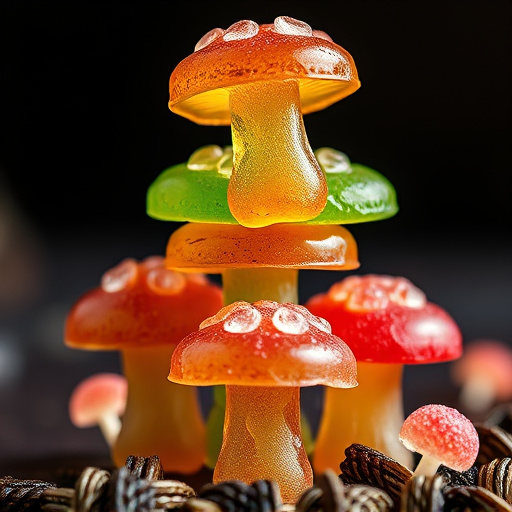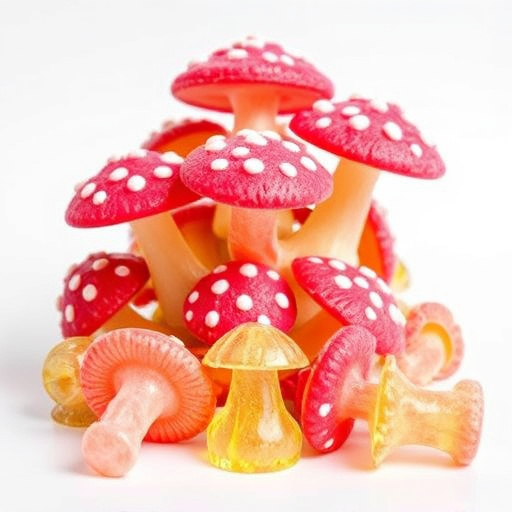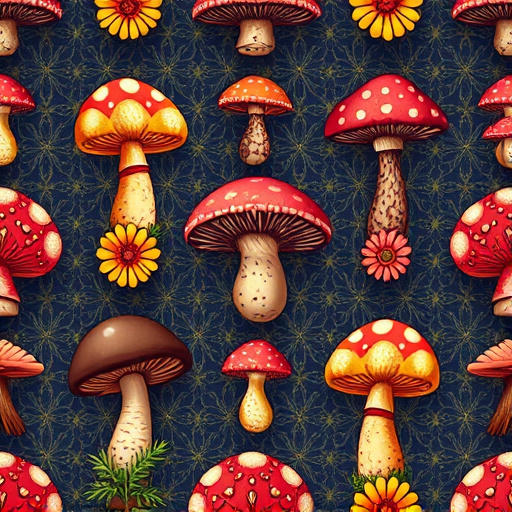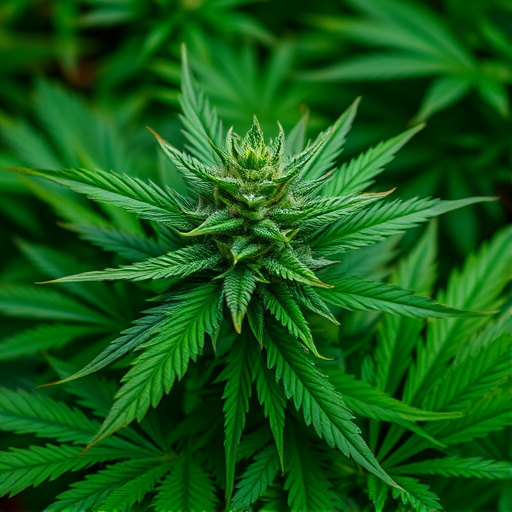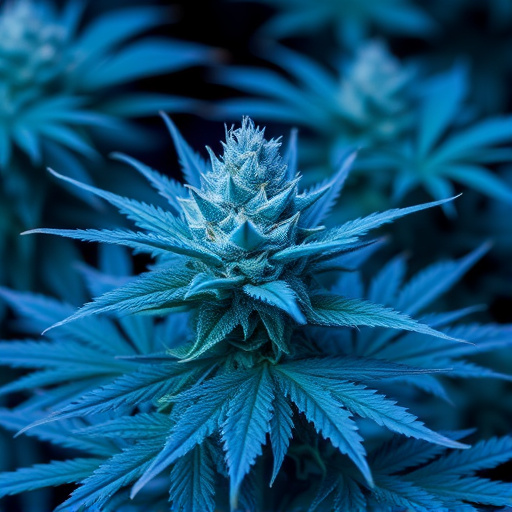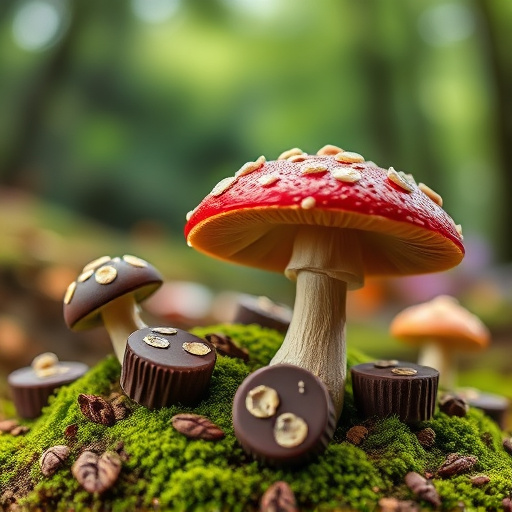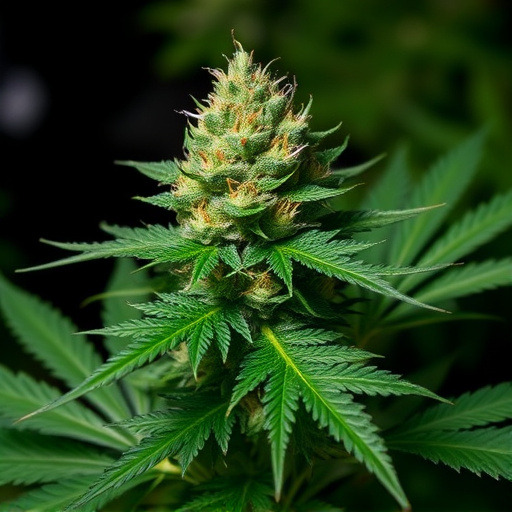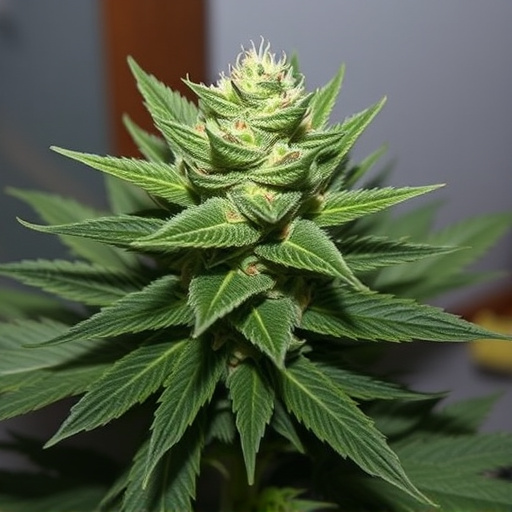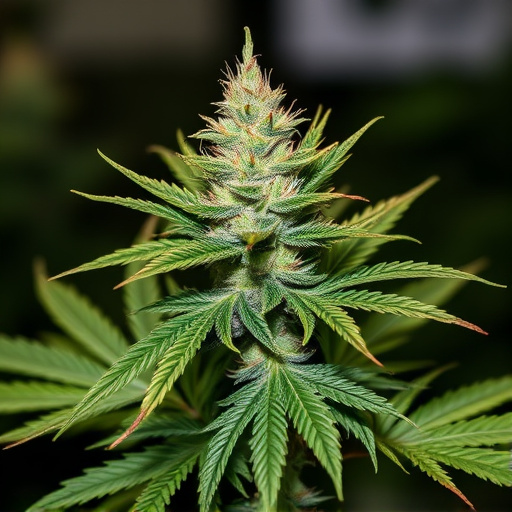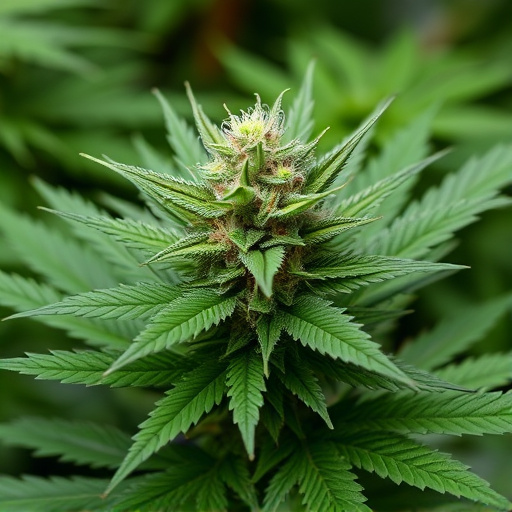Outdoor cultivation offers a natural advantage for growing the strongest cannabis strains by harnessing sunlight's nutrients and light to stimulate robust plant growth, enhancing terpene production crucial for potency and flavor. Fresh air and natural humidity levels create an ideal environment fostering diverse terpene expressions, resulting in unique aromas and flavors prized by enthusiasts. Compared to indoor methods, outdoor cultivation promotes higher yields, better quality, and increased THC levels while also allowing for a broader spectrum of terpenes.
In the realm of cannabis cultivation, a perennial debate rages: is outdoor or indoor growth superior? This article delves into the natural advantages of outdoor cannabis, exploring how environmental factors contribute to potent strains like renowned outdoor favorites. Conversely, we examine the precision and control offered by indoor cultivation techniques, highlighting advanced methods for maximizing yield and potency. Through scientific analysis and examining consumer perception, we debunk myths surrounding strain strength, revealing the multifaceted factors shaping our understanding of the strongest cannabis strains.
- Outdoor Growth: The Natural Advantage
- – Exploring the benefits of outdoor cannabis cultivation
- – Environmental factors contributing to potent strains
Outdoor Growth: The Natural Advantage
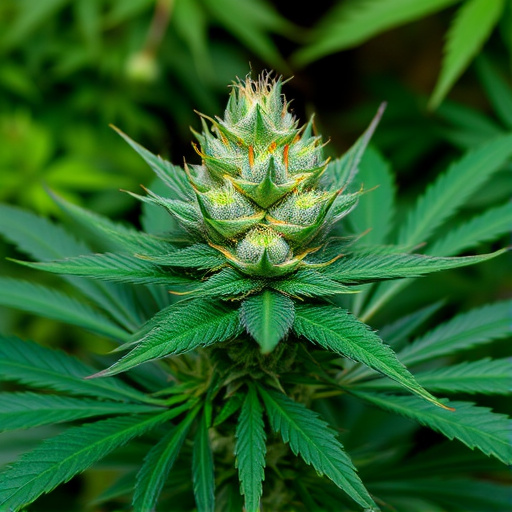
Outdoor growth offers a natural advantage that indoor cultivation can’t always replicate, especially when it comes to cultivating the strongest cannabis strains. The sun provides essential nutrients and sunlight exposure, promoting robust plant development and enhanced terpene production, which contributes to the overall potency and flavour of the final product.
In outdoor settings, cannabis plants benefit from fresh air circulation and natural humidity levels, creating an ideal environment for robust growth and robust cannabinoid profiles. This environmental diversity allows for a wider range of terpene expressions, resulting in unique and often more potent strains that are sought after by many cannabis enthusiasts.
– Exploring the benefits of outdoor cannabis cultivation
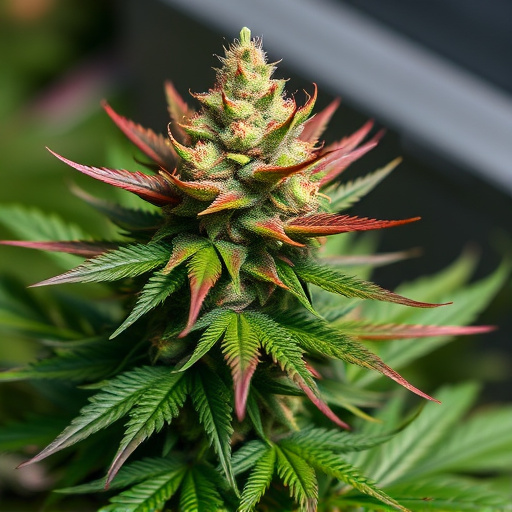
Outdoor cannabis cultivation offers a unique set of advantages that can lead to some of the strongest cannabis strains. One of the key benefits is access to natural sunlight, which plays a vital role in the plant’s growth and development. Sunlight provides essential nutrients, promotes robust photosynthesis, and contributes to the overall health of the cannabis plants. This natural environment allows for a more diverse range of terpene profiles, giving outdoor-grown strains a distinct and often sought-after aroma and flavor.
Additionally, outdoor cultivation takes advantage of fresh air circulation, which helps combat common indoor issues like humidity problems and pest infestations. The change in atmosphere can lead to healthier plants with less risk of diseases. Growers can also utilize space more efficiently outdoors, as plants can be spread out, promoting better air flow and sunlight exposure. This method often results in higher yields and contributes to the overall quality and potency of the final product, making outdoor cannabis cultivation a favorite among many enthusiasts who seek the strongest and most flavorful strains.
– Environmental factors contributing to potent strains
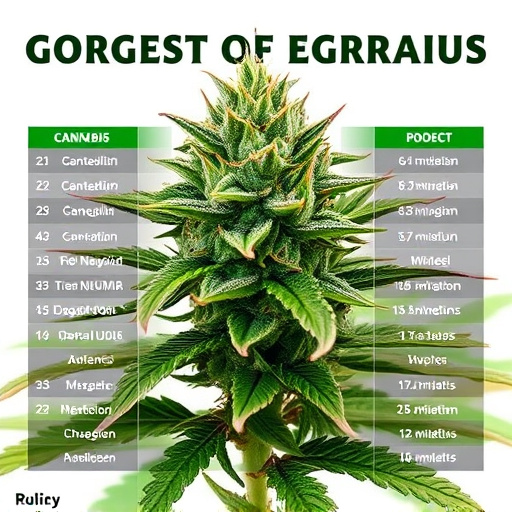
Outdoor and indoor cultivation methods play a significant role in shaping the potency of cannabis plants, with each environment offering unique advantages that can contribute to the growth of some of the strongest cannabis strains. Environmental factors like sunlight exposure, temperature, humidity, and air circulation directly impact the plant’s overall health and cannabinoid production.
In outdoor settings, cannabis plants benefit from natural sunlight, which stimulates phototropism and promotes robust growth. This abundance of natural light can lead to higher levels of THC (tetrahydrocannabinol), often considered the primary psychoactive compound responsible for the “high” associated with cannabis. Additionally, outdoor cultivation allows for a more diverse range of terpenes, contributing to the strain’s unique aroma and potential therapeutic effects. Conversely, indoor environments provide precise control over these variables, enabling cultivators to optimize conditions for maximum cannabinoid production, resulting in some of the most potent strains on the market.
In conclusion, both indoor and outdoor cannabis cultivation offer unique advantages. Outdoor growth provides access to natural sunlight, diverse microclimates, and robust environmental conditions that can produce some of the strongest cannabis strains known as the finest outdoors grown weed. However, indoor farming allows for precise control over growing parameters, enabling cultivators to create optimal environments for specific strain characteristics. Ultimately, the ‘better’ option depends on individual preferences, desired cannabinoid profiles, and access to suitable growing spaces.
